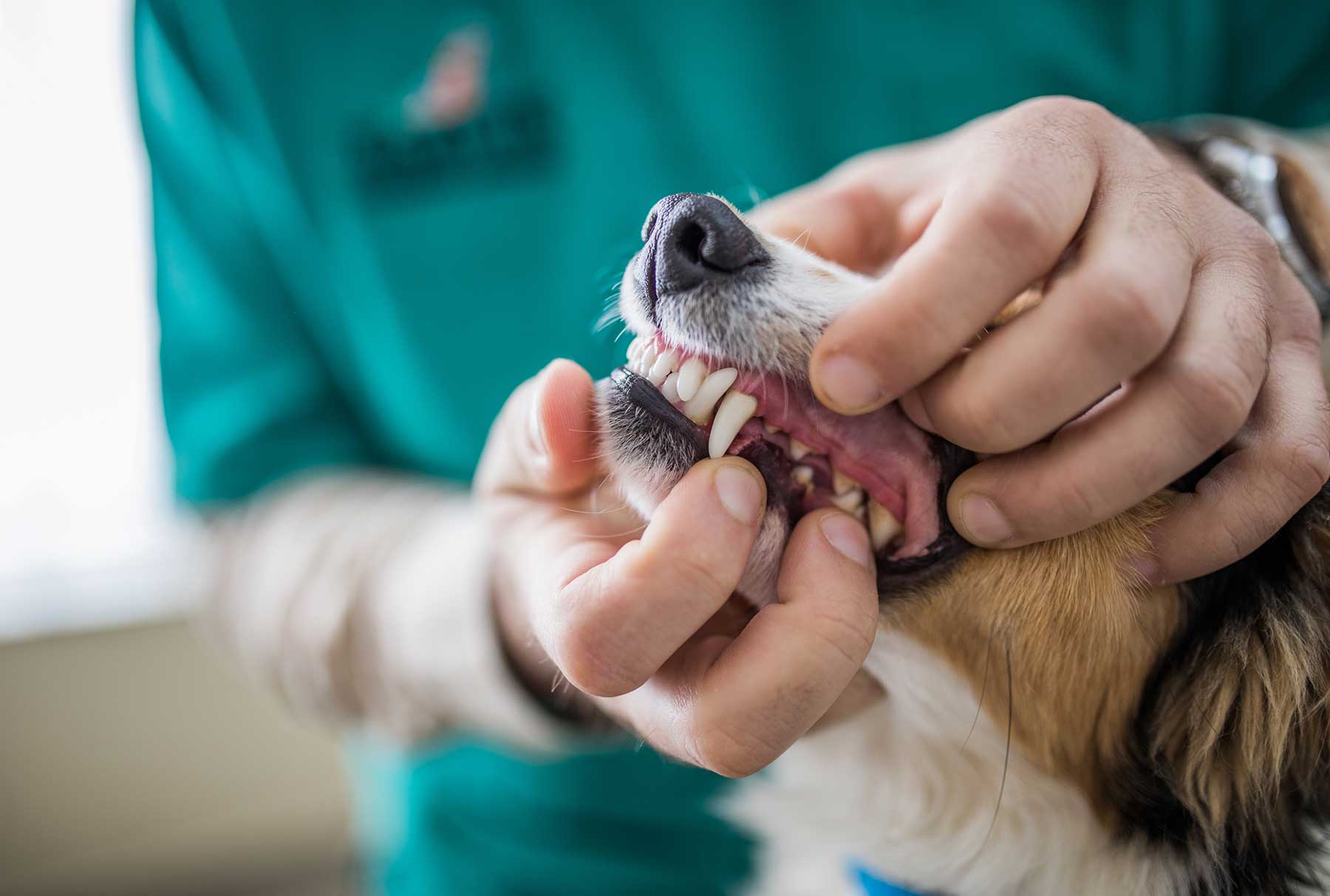As the weather warms up, we start to see more parasite problems for all sorts of pets.
Here are some of the more common parasites we come across, as well as some information on the problems they cause and how to get rid of them.
Fleas
Fleas are relatively easy to spot, and if not, your pet will let you know! Look out for these clues:
- Your pet might constantly be scratching or chewing and become quite irritable.
- You might notice red, sore-looking bumps or blisters on your pet’s skin.
- If you look close enough, you might see ‘flea dirt’ – this is a flea waste product that looks like tiny little flecks of pepper.
- Sometimes, you can even see the fleas moving around themselves – tiny little brown or black wingless insects, with an incredible jump!
Flea bites are not only uncomfortable and frustrating for your pets, but they can also lead to serious wound infections, anaemia, tapeworms, and dermatitis.
Moving swiftly is the key to flea treatment! You will need to treat:
- Every pet in your household
- Pet bedding
- Carpet
- Furniture
- Any other soft furnishings a flea or its eggs might be hiding
In clinic, we offer a wide range of products and tools to treat your pet for fleas, and we can offer some very helpful tips for dealing with an outbreak. Give us a call if you have any questions, or book online to organise an appointment.
Ticks
Ticks can be found in every state of Australia. There are many different species of ticks, and some pose a significant threat to the wellbeing of our pets. The most common species that affect our pets are the paralysis tick, the bush tick, the cattle tick, and the brown dog tick.
- Paralysis ticks are particularly dangerous, as they deliver a neurotoxin into our pet’s bloodstream as they feed, leading to severe paralysis of the muscles – including the heart, proving fatal.
- Brown dog ticks are not deadly themselves but can cause dermatitis and anaemia, as well as carry some nasty diseases, including Ehrlichiosis, which has only recently been discovered in more northern parts of Australia, and is spreading to some southern parts.
The best practice is to regularly check your dog for ticks after being outside – run your fingers through their coats to feel for any unusual lumps on their skin. Be sure to check over your pets’ entire body, especially:
- Around their head and ears
- Inside their ears
- In their mouths
- Under their tail
- Between their toes
- Underneath their collar
Ticks are sneaky and can easily latch on to many different areas on your pet.
If you come across a tick, be sure to give us a call to organise its removal as soon as possible – it is vital to act quickly and we will ensure to remove all of the tick – even a small part leftover can continue to cause problems for your furry friend.
Keeping your dog protected year-round from ticks is key – we recommend tick prevention treatments like spot-on drops or tick collars. Speak to us today for our recommendation and prevent your pet from any unnecessary discomfort and illness.
Mosquitoes
Dogs, cats, rodents. and birds make for easy targets and tasty snacks for mosquitoes. While the mosquito bite itself is more annoying than threatening, mosquitoes can spread heartworm and other potentially fatal parasites to your pets.
We recommend making sure there is no stagnant or still water around the backyard – this is where mosquito larvae grow. If possible, bring your pets indoors between dusk and dawn, or make sure they have a safe, meshed area to sleep in. Pet safe mosquito and insect repellents are available that may be used. Speak to us if you have any concerns about mozzies in your area.
Intestinal worms
Many different worms can affect our pets! Some species are not exclusive to cats and dogs, but rodents, birds, and reptiles too. Some more common worms we see are:
- Roundworm
- Hookworm
- Tapeworm
- Whipworm
- Heartworm
These worms can be transmitted in several ways, including:
- Coming into contact with (or eating) soil, grass, or faeces containing larvae or eggs,
- Coming into direct contact with an infected animal
- Transmitted in-utero or through milk fed to babies
- Via insects, such as mosquitoes and fleas
Symptoms associated with worm infestations can include:
- Diarrhoea
- Bloody stools
- Anaemia
- Weight loss
- Vomiting
- Visible worms – either in stools or around the anus
- Lung disease
Prevention is the best cure – by administering regular preventatives which are available in various forms and combinations with other parasite control products. Ask our team for advice on the best preventative for your pet. If your pet is unwell, please book a consultation.
Giardia
Giardia is a lesser-known parasite that is surprisingly common. It is a microscopic protozoan that can infect humans, dogs, and cats.
Giardia contaminates bodies of water – it can be ingested by your pet when drinking or having a swim, this is why we see cases of giardia infection more often in the warmer months. Signs your pet may be infected include:
- Chronic diarrhoea
- Reduced activity
- Sudden or inexplicable weight loss
- Bloody stools
Giardia is not usually life-threatening, but it is important to treat as your pet will feel unwell.
Give us a call or book an appointment if you think your pet may have giardia, it can be easily treated with after diagnosis.
If you have any concerns about parasites and your pet, give us a call on (02) 9436 1213 to organise a consultation or book online to discuss these with your vet.




